A significant precursor to the Ballymacandy Ambush of June 1921
Next Saturday, 27 February, marks the centenary of the death of IRA member, Joseph (Joe) Taylor of Glencar. His death had very significant consequences for the Royal Irish Constabulary and the Black and Tans who were involved, and Taylor’s death would reverberate all the way to Ballymacandy, and an IRA ambush that took place there, on 1 June 1921.
At the beginning of 1921, IRA battalions were planning an attack on a police patrol which left the Killorglin RIC barracks in the town most nights and which travelled across the Laune Bridge and then turned left towards Milltown and Castlemaine before returning to base. The frequency and predictability of the patrol made it a target for the IRA. The ambush was set for Saturday, 26 February and involved the Milltown, Callinafercy and Glencar companies of the 6th Battalion. The Glencar men, including Joe Taylor, left their homes on foot the previous night, crossing the River Laune at a ford at Dungeel and slept for most of the day in a hayshed near Milltown. Fr Alexander ‘Sandy’ O’Sullivan, the Catholic curate in Milltown went to visit the men to hear their confession.
The ambushers took up their position later that night on the Milltown road but the RIC patrol was nowhere to be seen. Jimmy Cronin and Dan Mulvihill, neighbours from Brackhill and members of the Milltown IRA Company, went to investigate and learned that the patrol had taken a different route, travelling towards Glencar via Langford Street.

Among the ambush party were members of the Glencar Company including Joe Taylor. Taylor was Officer Commanding of the Glencar Company and had served time in jail in Cork and Belfast. Tim Horgan in his book, ‘Dying for the Cause’ notes that Taylor’s ancestors were Welsh miners who had moved to Glencar to work in the thriving copper mines there in the 1700s. On the night of the abandoned ambush, Dan Mulvihill, according to his own testimony in later years, suggested that the Taylor and his men return to Brackhill with him to stay the night and rest. ‘No Dan,’ said Taylor, ‘we will go home first and sleep after’ and the Glencar men set off in the darkness towards their homes about 2am.
According to accounts, on his return to his home at Lyranes in rural Glencar, Taylor fell asleep. The police patrol police from Killorglin, in civilian clothing, entered and apprehended him and brought him to where they had taken others into custody. Taylor was shot in the thigh and haemorrhaging badly when, according to Bertie Scully of the Glencar IRA, one officer attempted first aid but soon fled. Dan Mulvihill later heard the police officers ‘kept the local women back until he bled to death’ but Taylor did receive medical treatment from a local doctor. It was to no avail: he was dead within an hour.
Among the patrol of RIC and Black and Tans was Constable Joseph Cooney, who it was claimed ‘pulled Joe out of his house the morning he was killed.’ Shortly after the incident, the RIC decided their barracks in Glencar was no longer safe and it was abandoned. More and more rural barracks were being abandoned by the RIC who became increasingly vulnerable in isolated rural areas. Cooney and his colleagues, it was alleged, were ‘very bitter at having to leave Glencar.’ Their involvement in Joe Taylor’s death would have deadly consequences for Cooney and his fellow constables and the incident at Lyranes in the early hours of 27 February 1921 would reverberate all the way to Ballymacandy a few short months later.
For more on my forthcoming book, see: Anatomy of an Ambush: Ballymacandy 1921 (Publishing April 2021) – Owen O’Shea

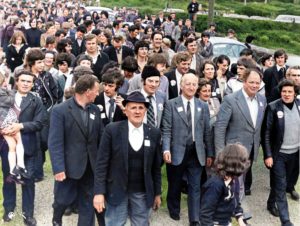

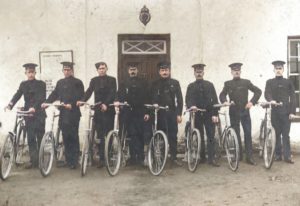
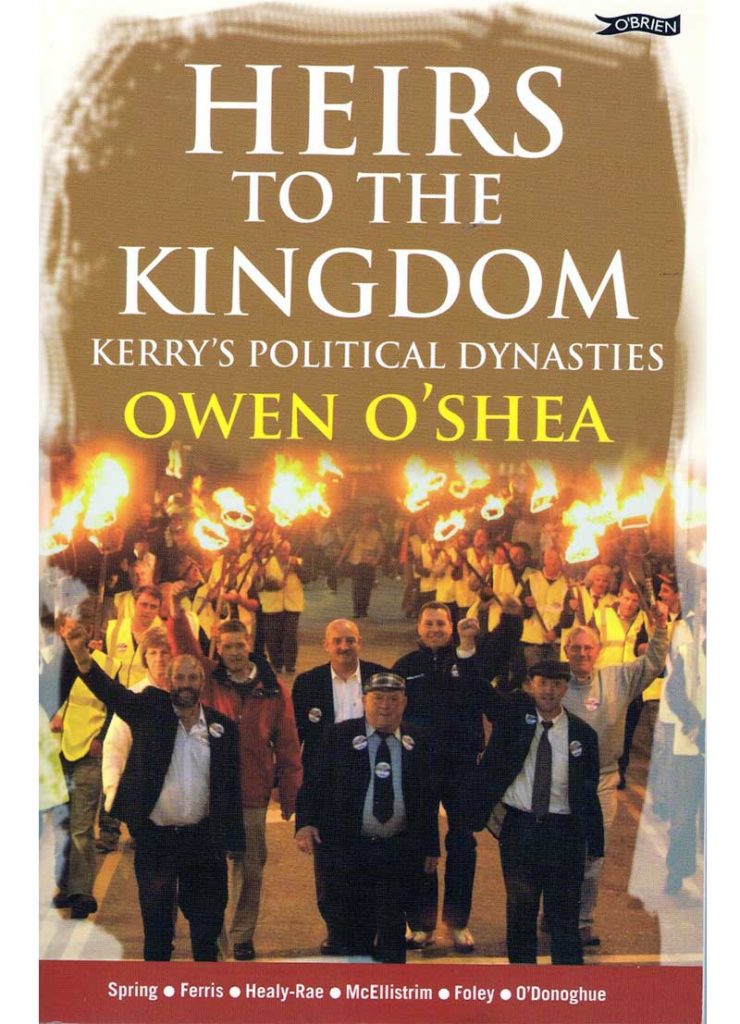
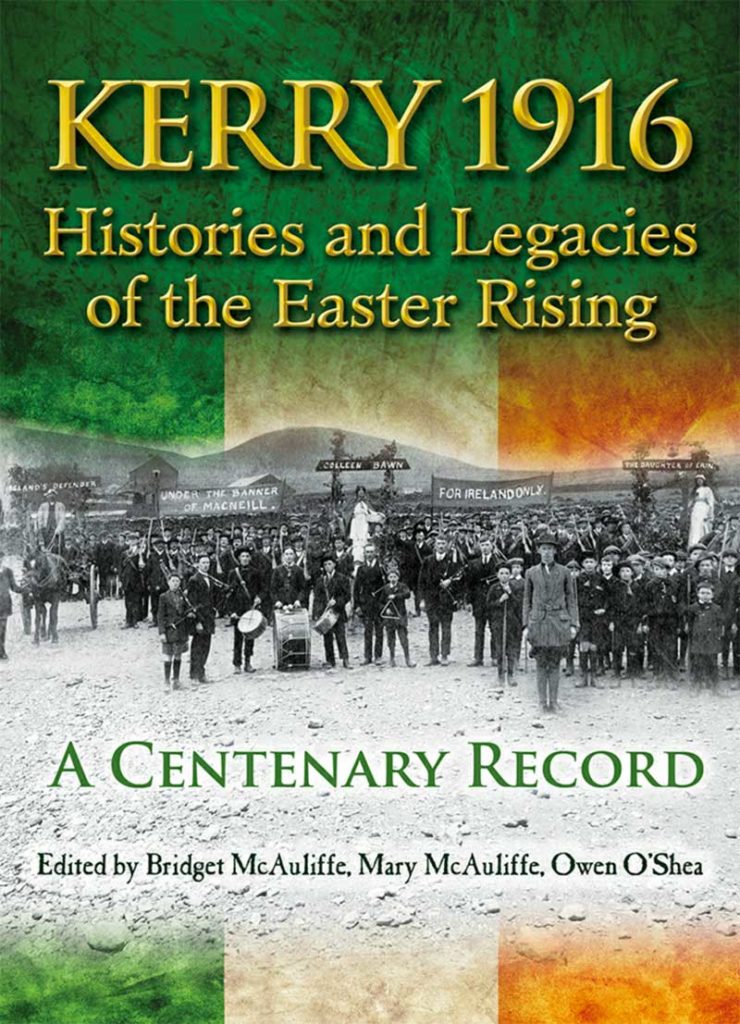

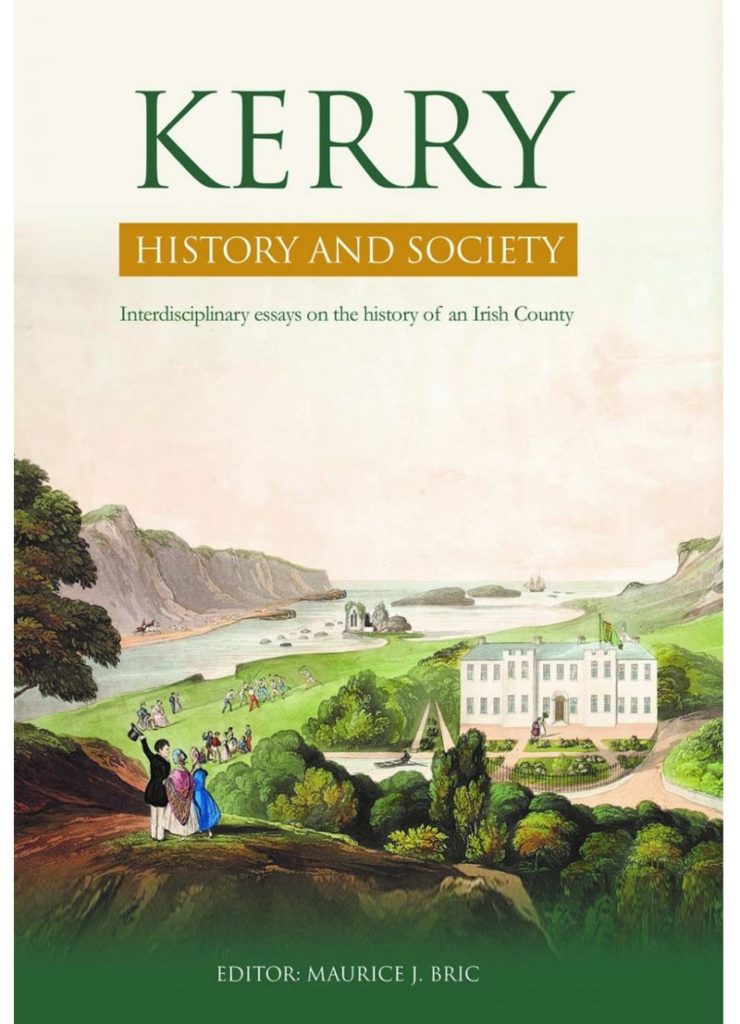
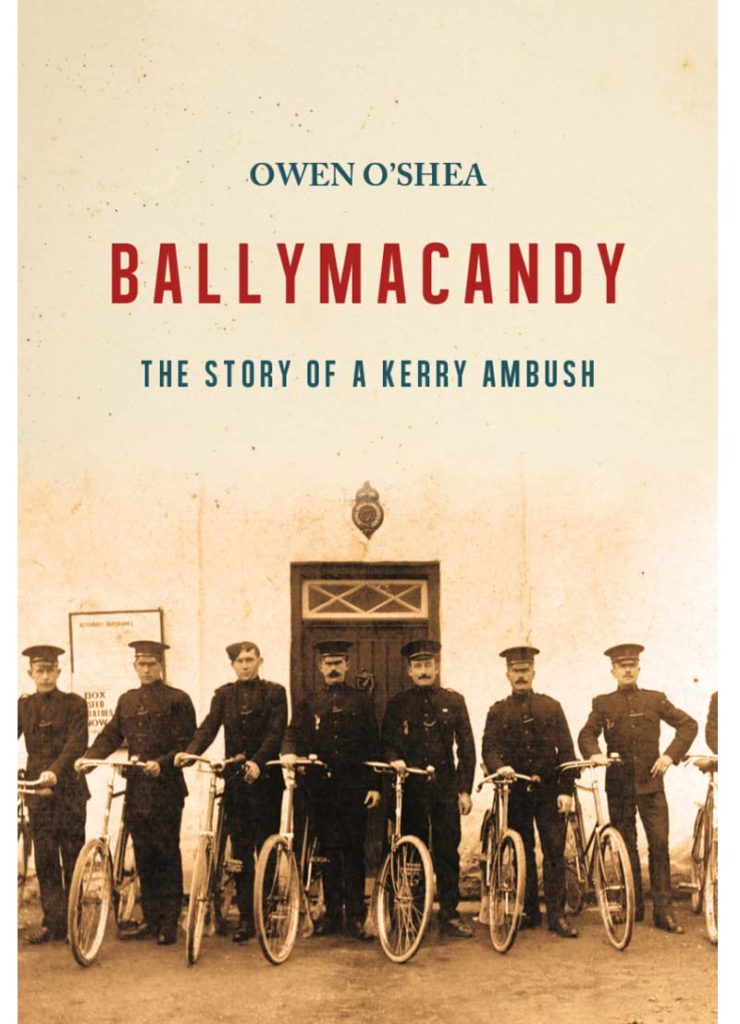
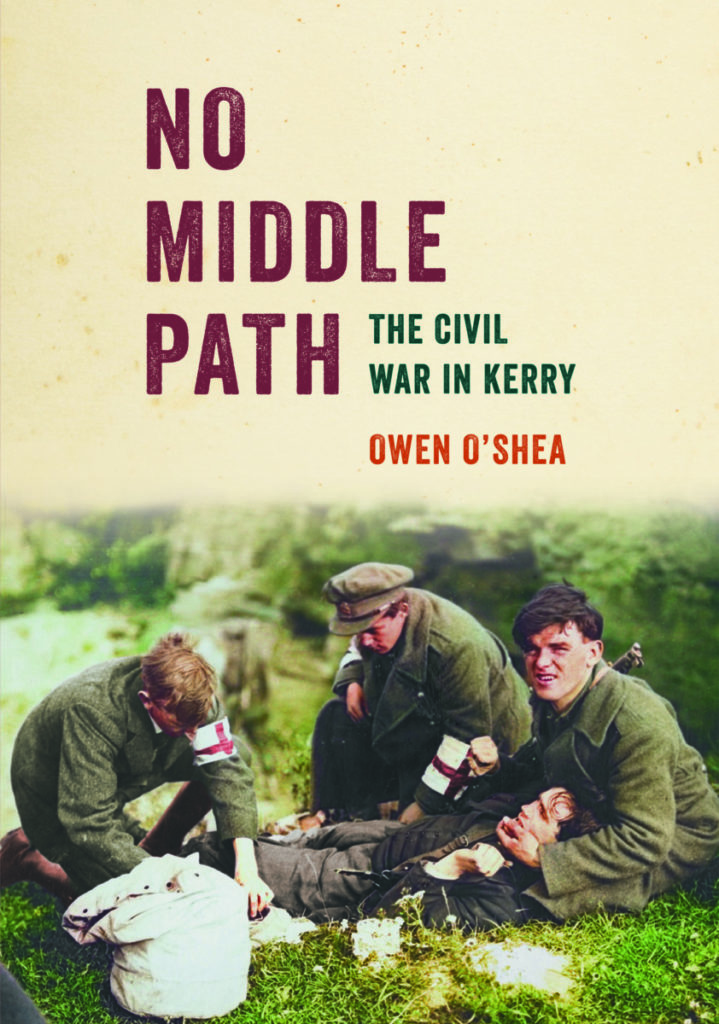
Is he buried in the old cemetery in Shronashiree, Glencar? The large tombstone in Irish is next to our family plot.
I recently made a connection of Taylor/Jones/Morris families both in New Yorkand back to Kerry. (Foleyand O’Shea as well)
Is there more information on how these families came to Ireland?
My grandmother was Morris from Glencar.